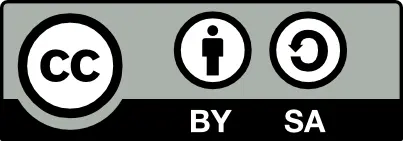Minimizing Worst-case Complexity in Context-free Graph Coloring using Algorithmic Approaches
Authors: Srinivasa Reddy Kummetha
Country: United States
Full-text Research PDF File:
View |
Download
Abstract: A framework is a conceptual system consisting of a set of elements, commonly referred to as points or hubs, linked through pathways, identified as ties or bridges. Each tie acts as a channel between two points, signifying an association or interaction. Frameworks are classified based on the attributes of their elements and pathways. A one-way framework, or digraph, includes ties with specified directionality, denoting progression from one point to another. Conversely, a two-way framework has bidirectional ties, representing reciprocal associations between linked points. In a scaled framework, pathways are assigned numerical values, often reflecting properties like expense, intensity, or limit, whereas unscaled frameworks solely depict linkage without extra numerical attributes. Framework tagging is a system where distinctive identifiers, typically represented by hues, are designated to points or ties under defined rules. The key aim is to guarantee that adjacent elements do not receive identical identifiers. This technique is widely applied in practical scenarios, including workload balancing, issue resolution, and coordinated planning. For instance, it is utilized in schedule coordination where conflicting events must be avoided, signal allocation in wireless networks to mitigate interference, and even in puzzle-based tasks like Sudoku. The color threshold of a framework indicates the lowest count of identifiers needed for valid tagging. Based on its structure, a framework may only necessitate two identifiers (making it bipartite) or more. One frequently used approach for framework tagging is the immediate-choice technique, which progressively assigns the smallest viable identifier that is not yet used for neighboring points. Though this delivers a fast and straightforward answer, it does not necessarily produce the least number of identifiers required. Finding the most efficient tagging system, called the minimal color threshold, is a computationally hard problem classified as NP-complete, signifying that complexity escalates drastically in larger frameworks. Despite this computational challenge, framework tagging has meaningful uses across disciplines. In system engineering, it supports storage control within translators to boost processing speed. In broadcast technology, it minimizes frequency conflicts by appropriately distributing signals. Moreover, it plays a significant role in logistical organization, guaranteeing that duties and materials are assigned effectively without interferences. This paper addresses on optimizing worst case complexity of context free graph coloring using lubys algorithm.
Keywords: vertices, edges, tree, cycle, connectivity, eulerian path, Breadth First Search , Depth First search, Graph, weighted graph, unweighted graph.
Paper Id: 232355
Published On: 2022-10-05
Published In: Volume 10, Issue 5, September-October 2022





 All research papers published in this journal/on this website are openly accessible and licensed under
All research papers published in this journal/on this website are openly accessible and licensed under 